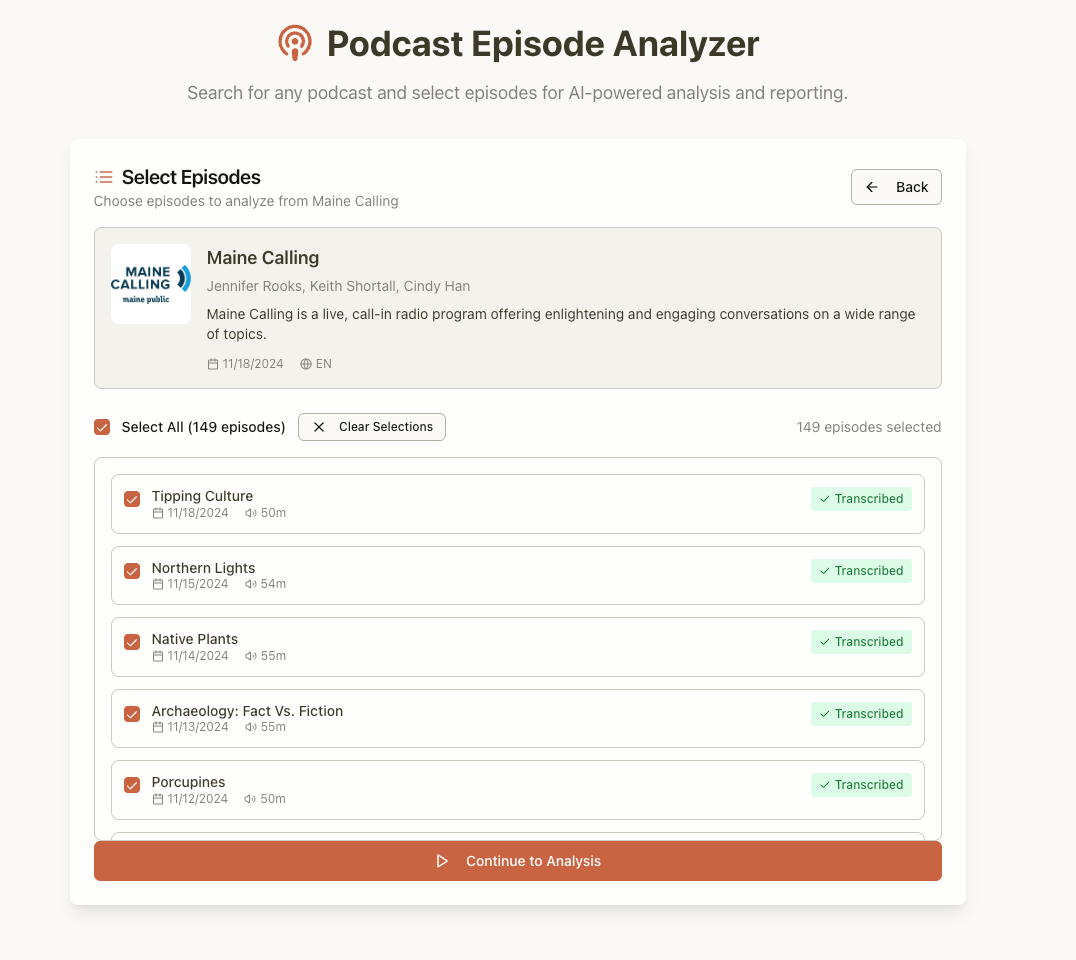Question storming: A guide for brainstorming questions

What is question storming?
Question storming is a design and innovation technique that focuses on generating questions rather than ideas in the early phases of a project. There is no definitive way to run a question storming session, although there are tested techniques and frameworks.
Why question storm?
We've all been in a meeting where we were asked to "brainstorm" solutions to a particular problem. While occasionally successful, this approach can often lead to frustration, when the wrong problem is being addresses or when participants feel pressured.
Question storming captures an innate human trait — curiosity. By focusing on the generation of questions in bulk, participants can express ideas in a less filtered and restrictive way. Through a process of brainstorm questions, refining, and filtering, teams can derive a list of compelling questions that beg to be acted on. Question storming is not a replacement for brainstorming ideas. It is a complementary exercise that can act as a powerful primer for future ideation sessions.
How do I run a session?
Set a topic
An effective question storming session seeks to generate questions and insights in a focused way. The leader of a question storming workshop should come prepared with a statement that acts as the focal point for inquiry. Topics can be somewhat ambiguous and even controversial, but they should be based in truth. The goal is to elicit an intellectual or emotional response form participants. An example topic might be something like: Our values are outdated, we haven't launched a new feature in 6 months, 50% of our clients don't "need" us.
Generate questions
With a topic statement to guide the session, participants should take 20-30 mins of their own time to generate as many questions as they can that relate to the topic statement. Facilitators of the session should keep time and encourage participants to generate questions freely. It's critical that all questions are documented in a way that allows them to be filtered and organized later. Post it notes, small pieces of paper, or digital collaboration tools are an excellent medium.
Refine and Share
When time runs out, each participant should add their questions to a central location (a large wall works). It's important to gather them in a central place where team members can visualize themes and make connections between the many questions. It's best to allow 5-10 mins of quiet time for participants to look over all the questions.
At this point, the facilitator should begin to group questions into buckets or themes with the input of participants. Question might be grouped according to intent, like challenger questions, which challenge the premise of the topic or clarifying questions, which seek to better understand a detail within the topic. The process of sorting questions is a powerful tool for visualizing group thought and a useful medium for conversation. A question, unlike a solution, is not not "owned" by the person who thought of it, which lends itself to greater collaboration.
The refine and share stage can be remixed in many ways. It can include lengthy, free-form conversation or be quick and succinct. Here are a few questions for a facilitator to consider and pose to the group:
- Can we turn yes/no questions into open-ended questions?
- Is there a way to frame a negative question in a positive way?
- What type fo questions are most common and what does that say about the topic (Why, what, how, when...etc)
Filter and Vote
Question storming is a useful primer exercise for other group frameworks, such as design thinking or design sprints. The objective is to not only surface questions in bulk, but also to identify several key questions that catalyze action. In the final stage, participants should work to select a handful of questions that are both compelling and actionable. Voting can be done verbally or with stickers placed on post it notes.
What do I do with these questions?
The questions a group generates will depend on the topic set in the beginning. We are naturally inclined to answer the questions we ask, which makes them a powerful catalyst for creation. Question storming sessions will often translate into self-organizing groups and autonomous action by participants. Often the best thing to do after holding a workshop is to allow for a period of reflection. A good question needs time to incubate before it can be formulated into an idea.
The questions generated from a session can be used in a few specific ways:
- Replacing company mission statements with mission questions
- Using key questions to launch a design design sprint. (ie. How can we overcome our fear of launching imperfect product features?)
- Creating a company questionnaire to crowdsource answer and potential solutions
Where can I learn more?
I didn't invent question storming — I'm just a big fan. It would be irresponsible to write a blog post without mentioning many others who've contributed to the methodology. Included below are a handful of articles and resources for further learning:




